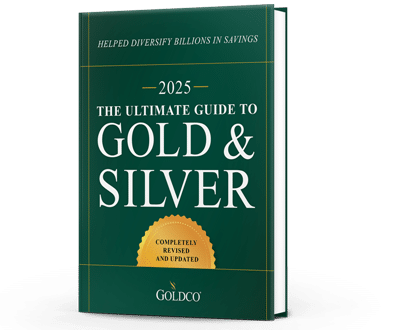6 Indicators of a Potential Recession
It seems that in the media today there are more and more mentions of the dreaded R-word: recession With growing economic uncertainty, the threat of potential recession seems to be growing as...
Economy
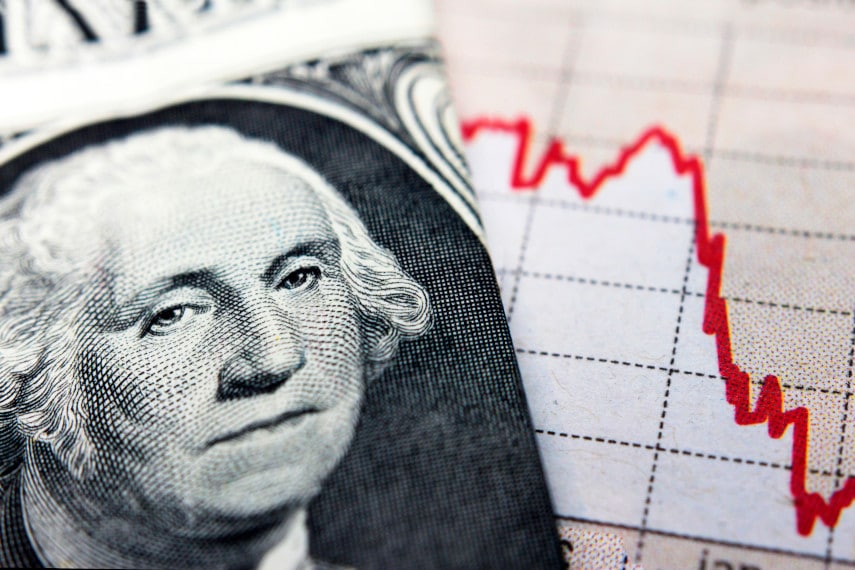
If you’ve noticed that your dollars don’t seem to go as far as they used to, you’re not alone. Millions of Americans are in the same boat.
The recent inflation we experienced, the highest in over 40 years, was a wake up call that made many people realize that the financial stability they had taken for granted for decades no longer exists.
Since the end of World War II, the US dollar has been the world’s reserve currency, which has been both a blessing and a curse.
The US government has been tempted to use its reserve currency status to its financial advantage. This has resulted in massive devaluation of the dollar.
Since 1971, when President Nixon closed the gold window and severed the dollar’s last link with gold, the dollar has lost over 87% of its value. And the dollar continues to lose value today.
Continued inflation in the US is stretching many Americans to the breaking point, leaving them struggling to make ends meet. But if you think it’s bad now, it could get even worse in the future.
Currency collapses, like many economic crises, happen very slowly, then all at once. While things may seem fine now, the dollar’s end could come quicker than many expect, shattering the prosperity of Americans whose financial well-being is tied to the strength and health of the dollar.
Numerous currencies throughout history have fallen victim to inflation and devaluation, from ancient Rome to Weimar Germany to modern-day Zimbabwe and Venezuela. Will the dollar follow them?
The harm that could come from a collapse of the US dollar can’t be overstated, as it could be devastating to millions of Americans. And here are four reasons the US dollar could collapse.
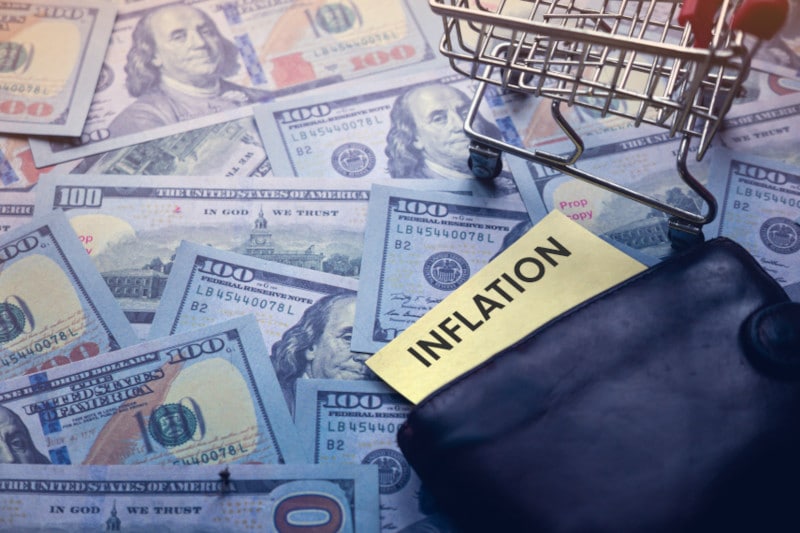
Inflation, as Milton Friedman famously stated, is always and everywhere a monetary phenomenon. So it’s no surprise that the trillions of dollars that entered the US financial system in 2020 eventually resulted in sharply rising inflation.
Many people saw that inflation was going to be problematic, but it seems like policymakers in Washington kept their heads in the sand. First we were told that inflation wasn’t going to happen, then that inflation was merely transitory, and finally that the Federal Reserve had everything under control.
But that wasn’t true. Inflation reached the highest level it had in 40 years, and only now is starting to get back towards the Fed’s 2% goal.
Inflation results in the devaluing of the dollar and the diminishing of purchasing power. The higher inflation rises, the worse that devaluing gets.
Inflation in the US isn’t anywhere close to the levels seen in Weimar Germany, Venezuela, or Zimbabwe yet, but that doesn’t mean it won’t be problematic. Even though the Fed thinks it has inflation under control, its response to the next recession could spur more inflation that could further devalue your dollars.
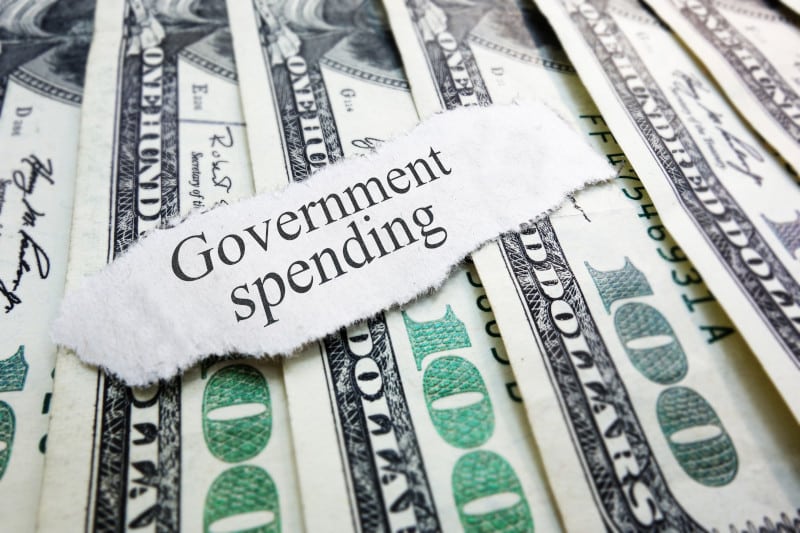
One of the reasons for our current inflationary mess is the fact that the federal government continues to spend trillions of dollars that it doesn’t have. The federal budget deficit is expected to hit nearly $2 trillion this year.
Among the driving factors is the rising cost of servicing the massive $35 trillion national debt. Interest cost on the debt is already over $1 trillion this year, and could continue to rise in the future.
High interest rates and a rising national debt are a bad combination, and the higher the national debt grows and the longer interest rates remain elevated, the worse that interest expense gets.
Another looming factor that could contribute to a debt crisis is the imminent financial crisis facing Medicare and Social Security. The Social Security trust fund is set to be depleted in 2033, at which point it will only pay out 79 percent of expected benefits. Medicare’s trust fund is expected to be depleted in 2036.
When those trust funds are depleted, the government will have to fund Social Security and Medicare benefits from general tax revenue, which it never expected to have to do. That could result in hundreds of billions of dollars of additional expenditures that the federal government wasn’t planning for, further driving up the national debt.
As we saw in 2020, when the federal government’s fiscal stimulus was monetized by the Federal Reserve, this monetized debt can be inflationary. So the more money the federal government spends, the higher inflation rises. And the higher inflation rises, the weaker the dollar becomes.
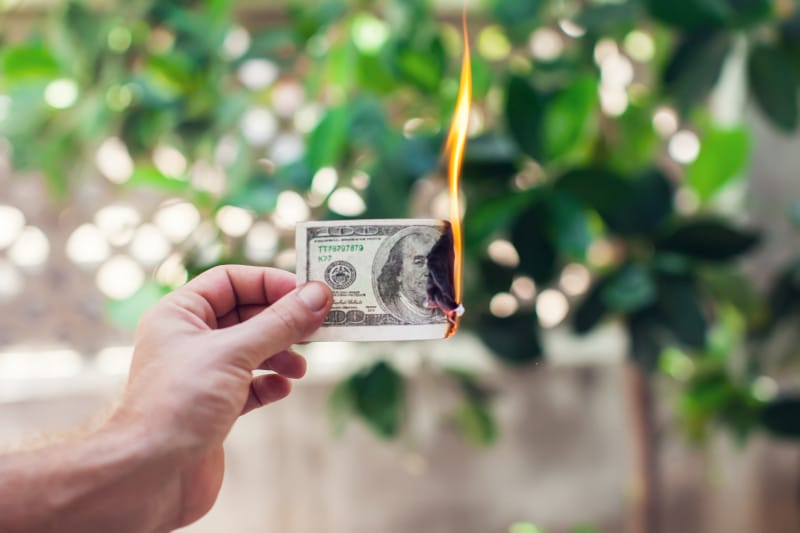
More and more countries around the world are trying to wean themselves off dependence on the US dollar. That can be difficult, as the dollar’s use in international oil markets has been one of the reasons the dollar is in such great demand around the world.
But an increasing number of countries are beginning to eschew the use of the dollar for oil purchases, or use their own national currencies for bilateral trade. While the dollar remains the dominant world reserve currency today, its importance is declining.
There is also the fact that the US government has weaponized the dollar and the US banking system through its international sanctions, which impact far more than just target individuals, entities, or nations.
US sanctions require financial institutions around the world to comply, even if those institutions aren’t American. That can dramatically raise the cost of doing business and result in bureaucratic and logistical nightmares.
It’s no wonder that many countries have responded to this by dumping the dollar and looking for alternatives. The BRICS countries are at the forefront of this, developing their own payment systems, and possibly even developing their own currencies for bilateral or international trade.
There are even rumors that a new BRICS currency could be backed by gold. While it looks right now like it will be a long time before the dollar is dethroned as the world’s reserve currency, developments could accelerate in the coming years.
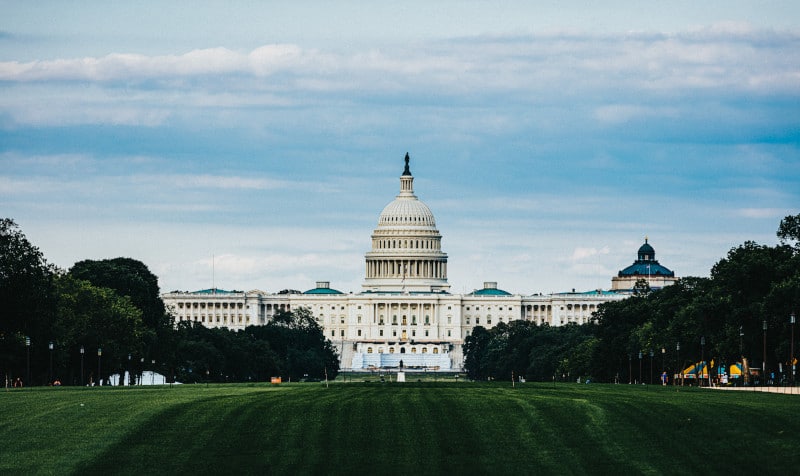
Underlying all this is a growing sense of political instability in the United States. It seems as if Congress has for decades ignored the growing national debt, assuming that everything is business as usual.
But the acceleration of the growth of the national debt, plus the rising cost of interest to service that debt, could put the trajectory of the federal budget into an inflationary debt spiral.
Congress has also shown little interest in tackling the issues of Social Security and Medicare, the so-called “third rail” of American politics. If these entitlement programs aren’t addressed soon, they could blow up the federal budget.
But Congress seems to have been more dysfunctional than ever over the past few years. Just like Nero, they seem to be fiddling while the country burns down around them.
Hardly anyone seems to be aware of the problems facing the dollar, let alone the solution to those problems. And so Washington continues on its present course, seemingly oblivious to the problems facing the dollar.
The question most people have is, how does the dollar’s collapse affect me? Since the dollar is the currency we all use in our daily lives, there’s not much way for us to avoid using it.
Any collapse of the dollar could impact financial markets, as Wall Street has long gotten used to the dollar’s status as the world’s reserve currency. Reduced demand for dollars could mean reduced demand for US bonds, US equities, and other dollar-denominated financial instruments, which could result in falling prices.
And if you thought dollar devaluation was bad today, just imagine how bad it could get if the dollar ends up getting dethroned as the world’s reserve currency. It could overturn all the assumptions you took for granted.
Would it be the end of the world? Probably not.
After all, the British pound was the previous reserve currency, and Britain hasn’t exactly become a Third World country. But neither is the UK a major force in the international economy or an example that others want to look up to.
If the US dollar were to crash, would it mean the end of your savings? Probably not.
But would it mean that you might have to downsize your expectations for the future and for retirement? Maybe so.
The severity of the impact of a dollar crash would of course depend on how deep that crash is and how quickly it comes.
A continuing gradual slide with more dollar devaluation and continued inflation would be less severe than a hyperinflationary crisis like Zimbabwe or Venezuela, although the final result may be just as painful.
Ultimately the dollar’s fate is in Washington’s hands, and if spending in Washington continues to worsen, and if the problems with rising debt and continued inflation aren’t tackled, the dollar’s eventual demise could come sooner than many people anticipate.
If the dollar crashes, you may think there’s nothing you can do to protect yourself. But that mindset could cost you.
Yes, a collapse of the dollar is likely to negatively impact just about everyone. But there are ways to help mitigate the impact.
One of those may be to diversify your wealth into assets that don’t depend upon the strength and health of the dollar for their value. Precious metals like gold and silver, for instance, are in demand around the world 24/7 and aren’t dependent upon the dollar for their value.
Gold and silver have served as currencies, safe haven assets, and hedges against inflation for centuries. They continue to play that role today, as Americans continue to look for safe havens to protect their wealth against economic turmoil and financial crisis.
There are numerous ways to put gold and silver to work for you, from direct cash purchases of gold and silver coins and bars that can be delivered to your door, to gold and silver IRAs that can protect the tax-advantaged savings you’ve built up in your 401(k) or IRA accounts.
But being prepared ahead of time before a dollar collapse is important. Once the dollar starts to collapse, gold and silver demand could skyrocket as nervous individuals look for safety and value.
Being ahead of the curve could pay off in the future when things take a turn for the worse. Don’t wait until the dollar’s collapse is upon you. Get started in securing your financial future with gold and silver today.
